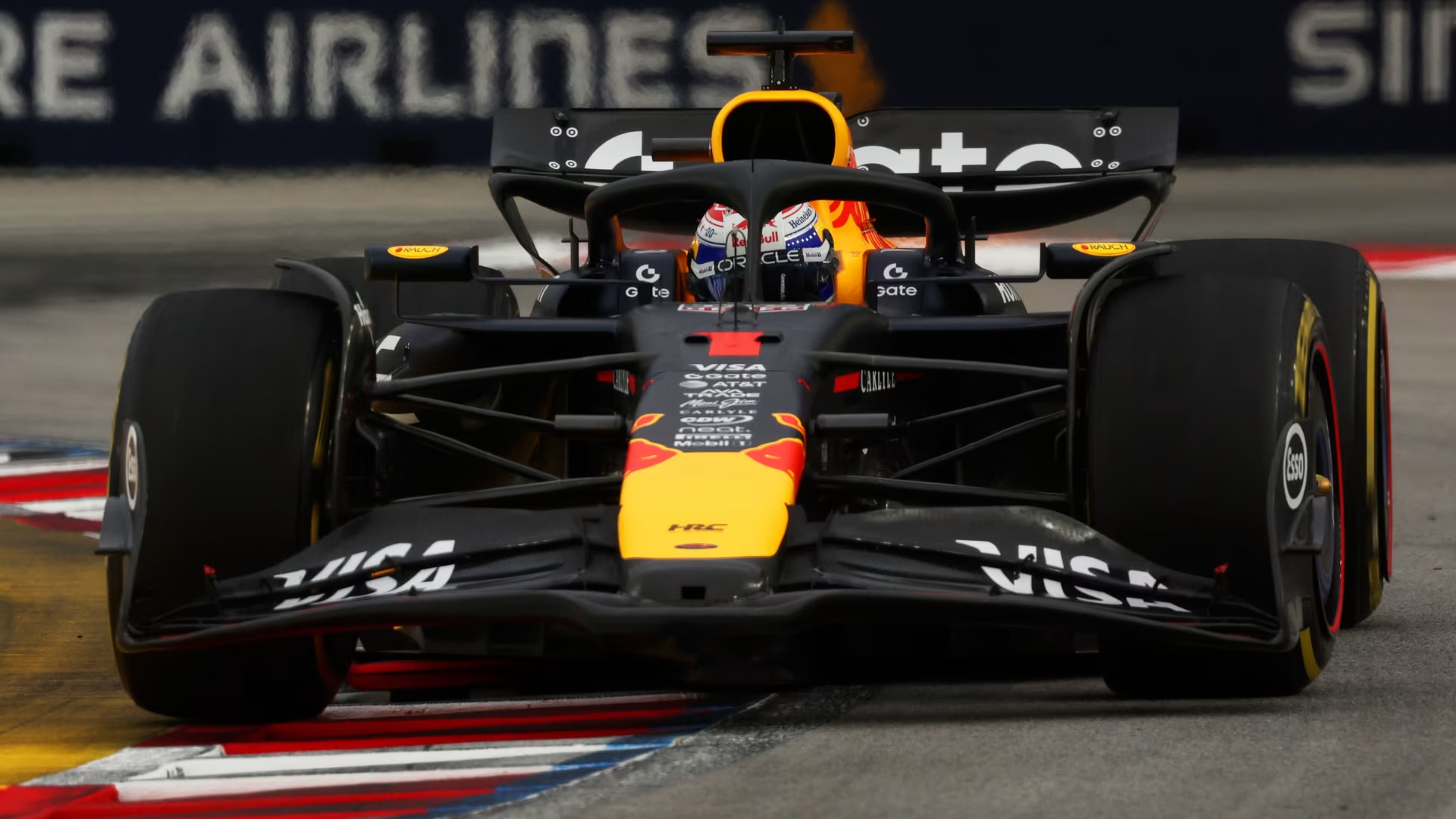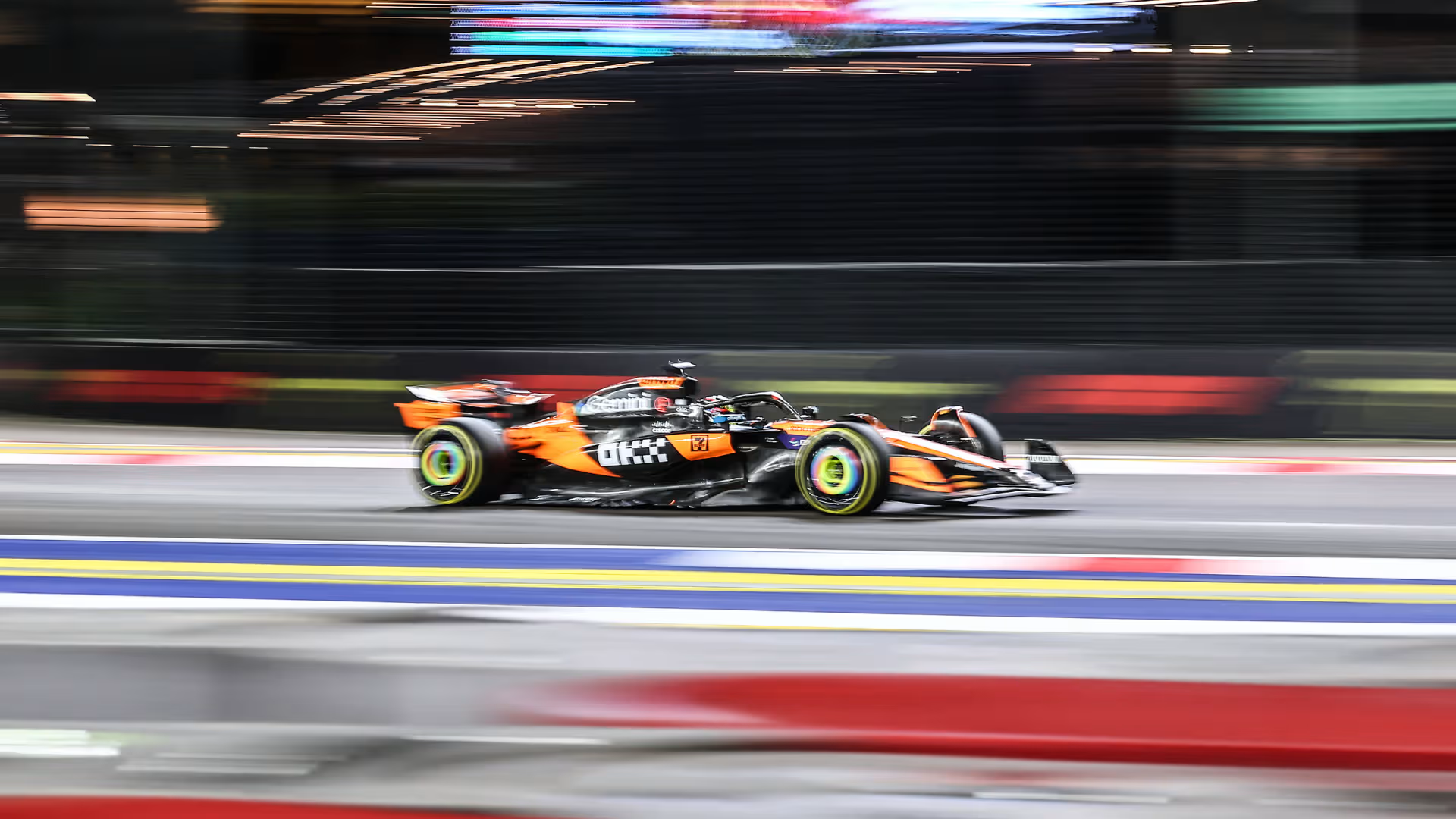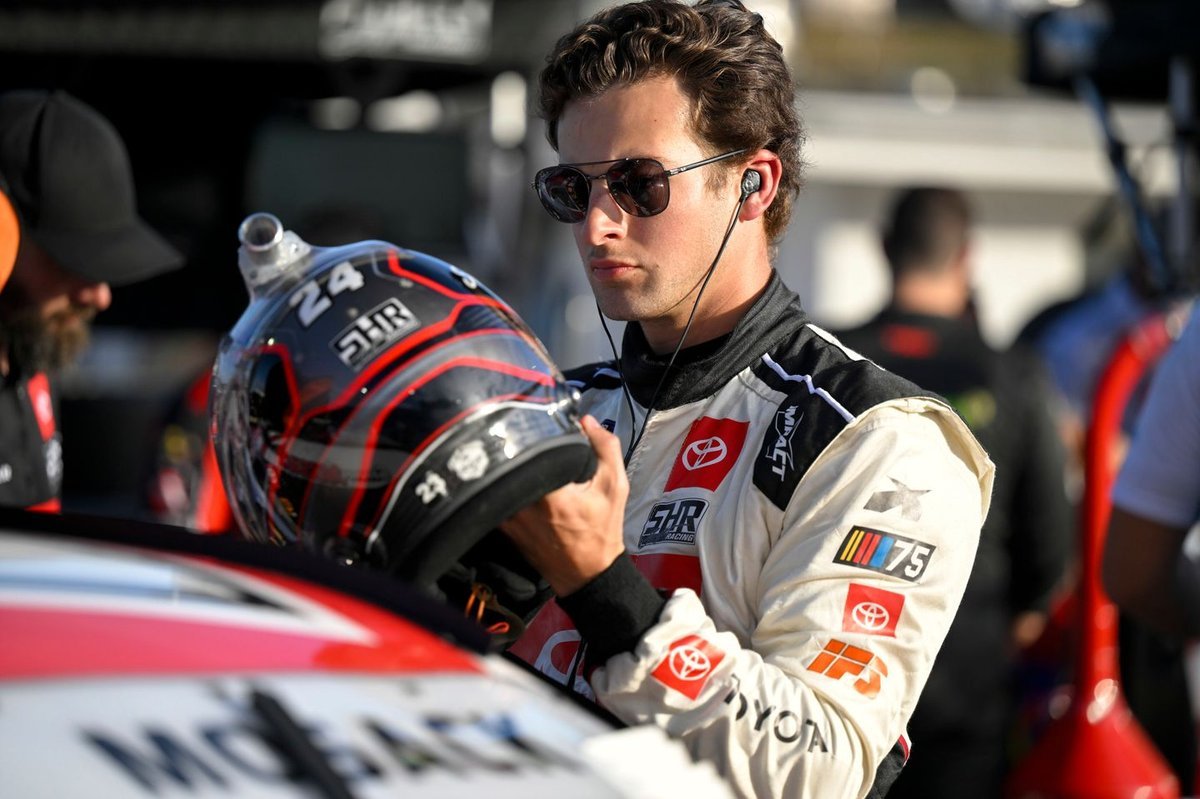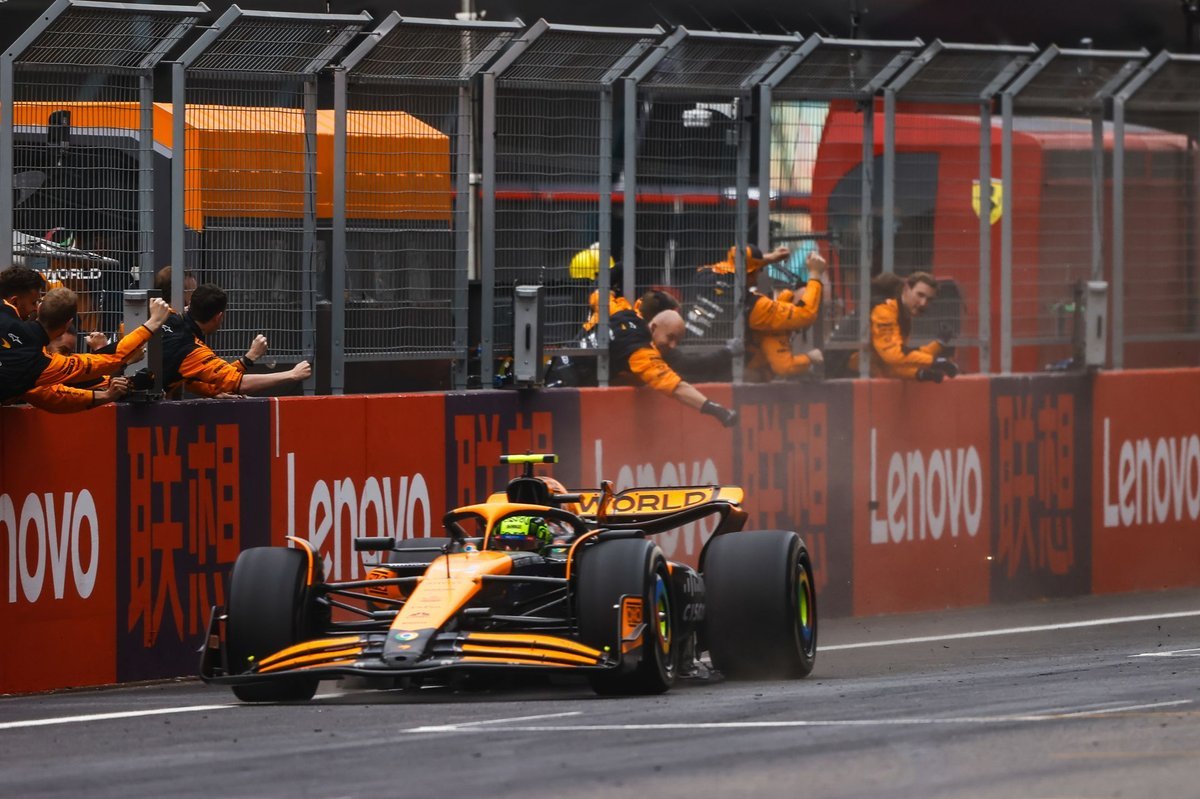TRIPLE-HEADERS IN FORMULA 1: IS IT THE NEW NORM?
The Miami Grand Prix 2025 marked a rare moment in the 2025 FIA Formula One World Championship season — with it being a standalone race in the race calendar.
After surviving the intense Suzuka-Sakhir-Jeddah triple-header, the Miami GP is the first standalone race since the Canadian Grand Prix in June 2024. While the paddock now gets a breather, it’s best to get the kitten out of the kitty. With triple-header races becoming increasingly popular, standalone races are now the exception, and not the rule.
Image: Miami Grand Prix 2025
What are triple-headers?
In Formula 1, three consecutive race weekends are called triple-headers. Quietly, but firmly, they have become the new normal in the sport.
Most of the globally relevant sports have seen an upward trajectory of events, with each passing year. From footballers in the top flight playing upwards of 70 matches, to male tennis players playing for 11 months, sport has seen a shift. And that has affected Formula 1, too.
In the 1980s and 1990s, the race calendar was simpler, averaging around 16 races per season. Events were spaced out, typically held every two weeks. Double-headers were rare, and the idea of racing three weekends in a row was nearly unthinkable.
Fast forward to 2018, and Liberty Media – the new F1 owners – introduced F1’s first ever triple-header at Le Castellet, Red Bull Ring, and Silverstone Grand Prix. The move, although revolutionary, was initially met with heavy resistance. Teams were particularly concerned about the toll on human resources.
The consensus on triple-headers
This gradual shift has had profound effects not just on logistics and planning, but also on the physical and mental health of everyone involved, from drivers to mechanics.
As Graham Watson, Toro Rosso’s team manager at the time, noted:
“Mentally and physically, it’s tiring, more than people realise.”
Along the same vein, popular drivers like Sergio Perez and Nico Hülkenberg have admitted their seeming support for the triple-header format, while acknowledging how grueling it can be for mechanics, engineers, and the support staff. These are people who had to work flat-out for three consecutive weeks with little downtime.
The writing was on the wall. Yet, the 2018 triple-header races went smoothly. Victories were split among Lewis Hamilton, Max Verstappen, and Sebastian Vettel — and no major logistical disasters occurred. Still, the consensus at Silverstone was clear: triple-headers should be avoided in the future.
McLaren CEO Zak Brown even stated:
“…Most of the teams, if not all of the teams, would probably not prefer three races.”
Image: Zak Brown (McClaren CEO)
How did triple-headers become the norm?
It was during the COVID-19 pandemic in 2020, that Formula 1 went along with the reshaping of the world. With the season delayed until July, the authorities had to cram 17 races into just five months.
The only way to achieve this? Triple-headers. Lots of them.
Three triple-headers were squeezed into that season. Although team principals like Andreas Seidl (then at McLaren) insisted this should not become the “new normal,” necessity overrode preference.
Once teams proved they could survive triple-headers under extreme conditions, the barrier was broken. Since then, tripleheaders have become a regular part of the schedule, as seen in this breakdown below:
| Year | No. of triple-headers |
| 2021 | 2 |
| 2022 | 1 |
| 2023 | 1 |
| 2024 | 3 |
| 2025 | 3 scheduled |
With a record 24-race calendar right now, there’s simply no room for luxury anymore.
The effects of triple-header races
While the drivers themselves often cope relatively well, thanks to private jets, personal trainers, and dedicated downtime, the real strain hits the mechanics, engineers, logistics crews, and even hospitality staff.
These team members are on the ground days before each race, setting up the garage, hospitality units, and infrastructure, and then tearing it all down to move to the next venue, sometimes halfway across the globe.
Sleep deprivation, jet lag, back-to-back intense workloads, and the inability to spend time with family weigh heavily on them.
Haas team principal Guenther Steiner once pointed out:
“We can do everything—four in a row or five in a row—but do we want to do that?”
The human cost is real, though it often remains hidden behind the glamour of race day.
The mental load also increases. Constant travel leads to burnout even among the most passionate and dedicated. Team morale becomes harder to sustain when individuals are physically exhausted and mentally drained.
Image: Still from a triple-header race
What happens now?
On the flipside, the paddock has slowly but surely adapted to the heavy workload. Just as the once-unthinkable 20-race season of the early 2000s became the baseline, 24 races with several triple-headers are now accepted realities.
The truth is, humans are remarkably adaptable creatures. What once seemed extreme becomes routine through gradual exposure. Even drivers like Fernando Alonso and Lewis Hamilton, who previously spoke out against an expanded calendar, continue to be active participants.
This slow normalisation of longer, tougher seasons mirrors a broader societal trend. One where the definition of ‘acceptable’ keeps shifting.
With financial incentives high, more races bring higher hosting fees, increased sponsorship exposure, and more television rights. The trend toward triple-headers is unlikely to reverse without significant pushback.
But could there be a breaking point?
Perhaps. Discussions about rotating races (e.g., not every Grand Prix running every year) and regionalising the calendar to minimise travel are ongoing. Reducing logistical strain by grouping races by geography (e.g., all Asian races together, then European, then American) could offer relief without shrinking the calendar.
Furthermore, team welfare may eventually become a bigger topic in collective bargaining agreements or FIA regulations, much like how mandatory summer shutdowns were introduced years ago.
Still, for now, triple-headers in a Formula 1 season are here to stay.
The endurance and resilience of F1 teams are astonishing. While triple-headers strain the system, they also showcase the determination and passion that define the pinnacle of motorsport. As Formula 1 races into an ever-busier future, balancing growth with sustainability will be the real challenge.
2025 Formula 1 Driver Standings
| Rank | Driver | Points | Car |
| 1 | Oscar Piastri | 131 | McLaren Mercedes |
| 2 | Lando Norris | 115 | McLaren Mercedes |
| 3 | Max Verstappen | 99 | Red Bull Racing Honda RBPT |
| 4 | George Russell | 93 | Mercedes |
| 5 | Charles Leclerc | 53 | Ferrari |
| 6 | Kimi Antonelli | 48 | Mercedes |
| 7 | Lewis Hamilton | 41 | Ferrari |
| 8 | Alexander Albon | 30 | Williams Mercedes |
| 9 | Esteban Ocon | 14 | Haas Ferrari |
| 10 | Lance Stroll | 14 | Aston Martin Aramco Mercedes |
| 11 | Yuki Tsunoda | 9 | Red Bull Racing Honda RBPT |
| 12 | Pierre Gasly | 7 | Alpine Renault |
| 13 | Carlos Sainz | 7 | Williams Mercedes |
| 14 | Nico Hülkenberg | 6 | Kick Sauber Ferrari |
| 15 | Oliver Bearman | 6 | Haas Ferrari |
| 16 | Isaac Hadjar | 5 | Racing Bulls Honda RBPT |
| 17 | Fernando Alonso | 0 | Aston Martin Aramco Mercedes |
| 18 | Liam Lawson | 0 | Racing Bulls Honda RBPT |
| 19 | Jack Doohan | 0 | Alpine Renault |
| 20 | Gabriel Bortoleto | 0 | Kick Sauber Ferrari |
2025 Formula 1 Team Standings
| Rank | Team | Points |
| 1 | McLaren Mercedes | 246 |
| 2 | Mercedes | 141 |
| 3 | Red Bull Racing Honda RBPT | 105 |
| 4 | Ferrari | 94 |
| 5 | Williams Mercedes | 37 |
| 6 | Haas Ferrari | 20 |
| 7 | Aston Martin Aramco Mercedes | 14 |
| 8 | Racing Bulls Honda RBPT | 8 |
| 9 | Alpine Renault | 7 |
| 10 | Kick Sauber Ferrari | 6 |













